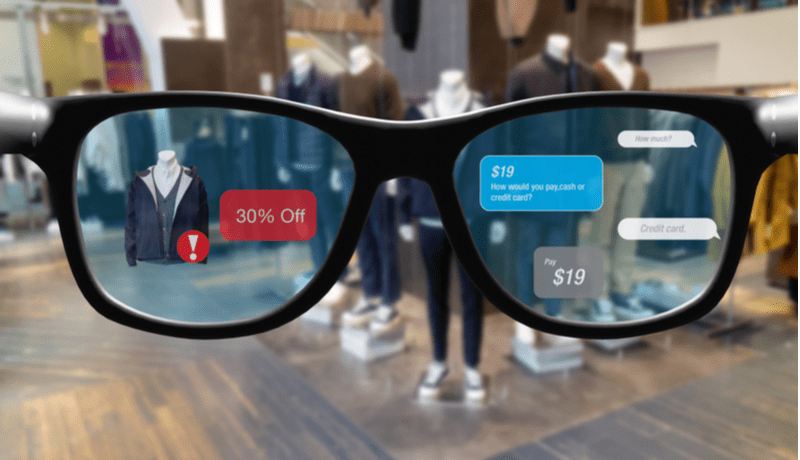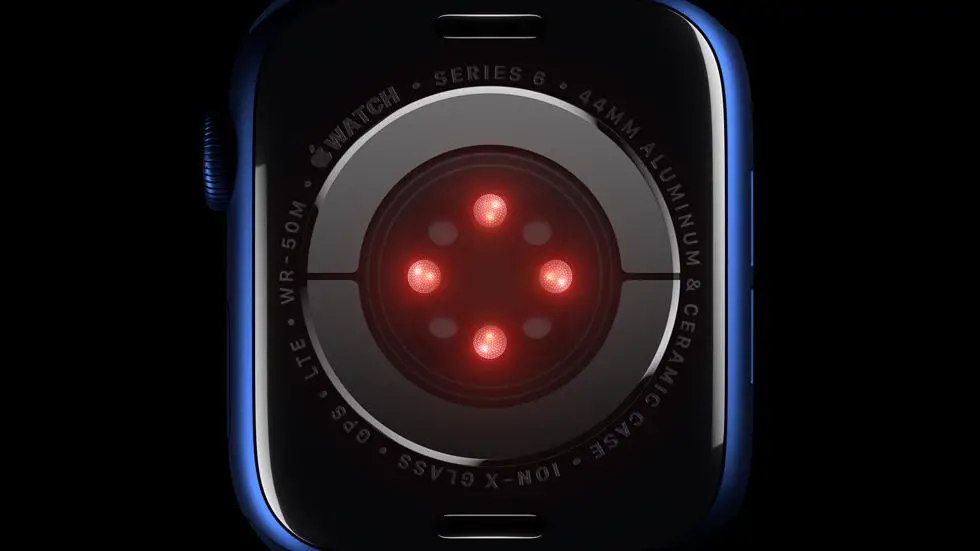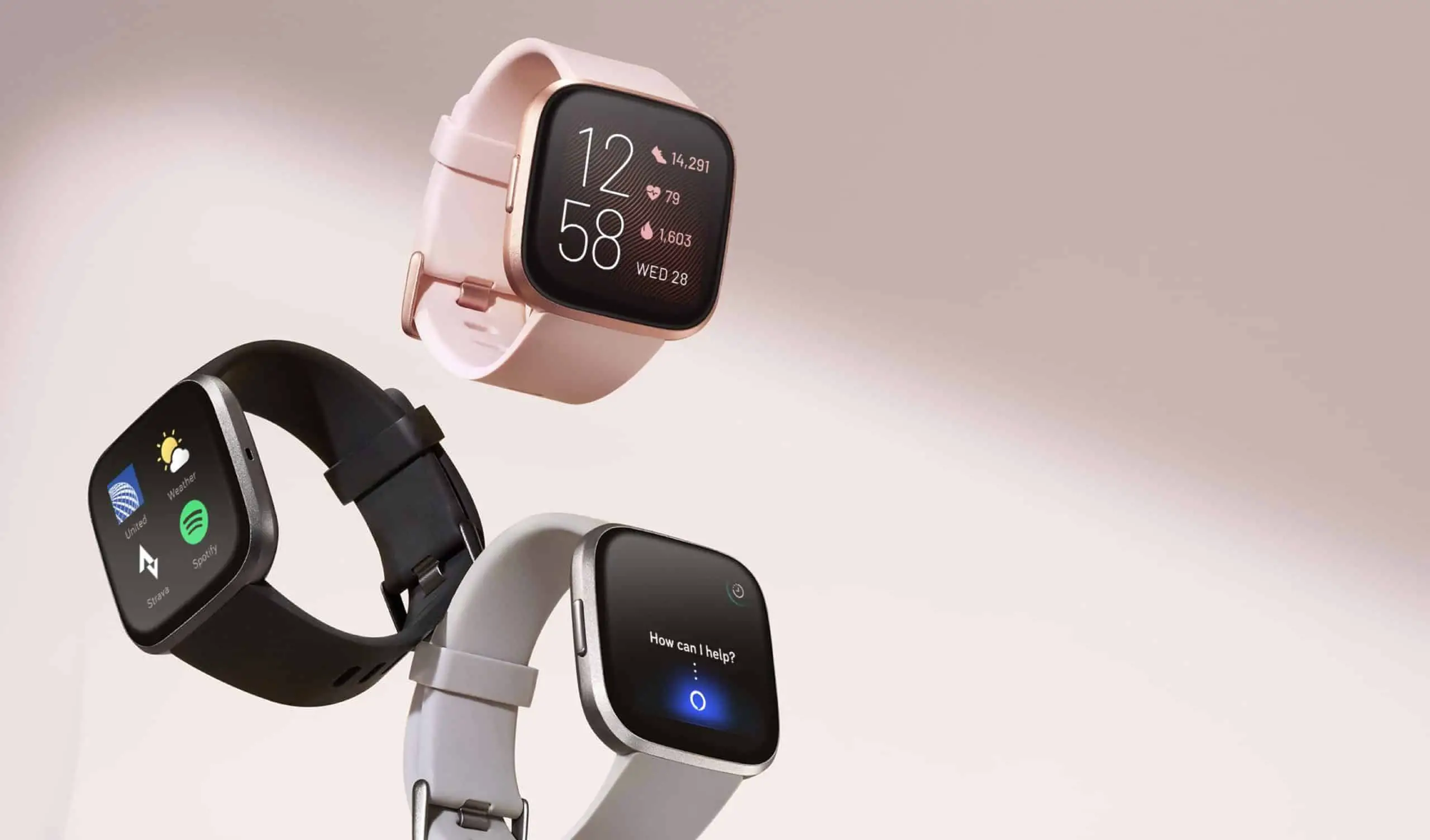The development of smart glasses is one of the most exciting technological advancements in recent years. However, as with any new technology, there are a number of challenges that need to be overcome before they can be widely adopted. One of the biggest challenges of building smartglasses is developing the right user interface. This is because smart glasses are essentially mini-computers that need to be controlled by the user. Another challenge is designing glasses that look good and are comfortable to wear. Finally, battery life is always a major concern with any mobile device.
Developing the right user interface for smartglasses
Interface design for smartglasses is challenging because of the lack of a monitor. The only way for the user to see what they are looking at is via the companion app on their phone. Therefore, the first step in designing an interface is to create an image of what you want the user to see. The second step is to limit the scope of the user’s interaction with the content. Because of the limited range and field of view of smartglasses, we cannot have multiple users selecting items.
Designing for user-friendly interaction strongly relies on finding the optimal interaction method for the task or content at hand. An efficient input method is key. For example, voice control is considered the most optimal interaction method in scenarios where a user must wear safety gloves or handle the equipment.
When it comes to AR devices, monocular devices, which are typically used in less complex enterprise and consumer applications, can efficiently perform tasks using traditional user-friendly interaction methods like buttons or smartphones. They can also add additional value and flexibility with more advanced input methods.
Designing smartglasses that look good and are comfortable
When designing smartglasses, consider how the end user will interact with it. Will they be using it for long periods of time? What kind of activities will they be engaged in while wearing it? These are all questions that need to be addressed while creating the design. Based on the use case and device type, there are two primary interaction methods for smartglasses:
- View-only interaction: this is when the user views content but cannot interact with it. For example, the user can see but not interact with emails while in the office.
- View and grip interaction: This is when the user can both view and interact with content. For example, the user can see and respond to emails while on the go.
The type of smartglasses that you will be creating will determine the best interaction design for your application.
When designing for the “View and Grip” interaction model, it is important to provide the user with a comfortable experience. For this to happen, one need to consider the characteristics of the device and how you can optimize the user experience. One of the main factors that can affect the user’s experience is the weight of the smartglasses. If the smartglasses are too heavy, they can make the user’s head feel weird while wearing them. Additionally, if the smartglasses are too light, the user might feel like they are going to fall off while wearing them. In order to provide the best experience it is important to understand how people use their devices, and that can be difficult with new technologies like smarglasses.
There is no definitive answer when it comes to whether or not smartglasses are comfortable. Some people find them to be very comfortable and others find them to be uncomfortable. It really depends on the individual and how they feel about wearing glasses. When designing smartglasses, it is important to address the issue of comfort while still looking stylish. While it’s not impossible to create an attractive smartglasses design, it’s certainly more challenging than creating a standard iPhone or Android app.
Do smartglasses have a long battery life?
After years of living in the digital world, we have become so used to seeing computers and phones as necessary tools that we have begun to ignore their impressive features. Smartglasses are computer systems that we wear on our faces rather than carrying around in our pockets. They wirelessly connect to our brains to allow us to see and interact with the world around us. Because they are constantly collecting data, smartglasses have many potential uses, but their ability to store a sufficient amount of battery life to use.
There are several reasons why smartglasses have poor battery life. Here’s why smartglasses tend to have a poor battery life:
- First, the display uses a lot of power.
- Second, the sensors and processors required to run the apps and interface with the user use a lot of power.
- Third, the wireless radios used to connect to the internet and other devices use a lot of power. All of these factors contribute to the poor battery life of smartglasses.
How long do smartglasses’ batteries last?
There is no fixed answer to this question. It depends on the model, the features and how you use them. As a general rule, most smartglasses allow between three and five hours of use time. However, there are models that provide up to ten hours of use time
Do I need to charge my smart glasses battery?
Yes, you need to charge the battery regularly. Depending on the model, it takes between one and three hours to charge the battery.
How do I charge my smartglasses?
It depends on the charging method. Some smartglasses come with a micro-USB port and can be charged using a micro-USB cable. Most smartglasses accept charging via Type-C connectors. How do I charge my smartglasses? Just, follow the instructions provided by the manufacturer. Normally, you need to charge the battery for one to three hours. You can also charge your smartglasses using a universal charger.





